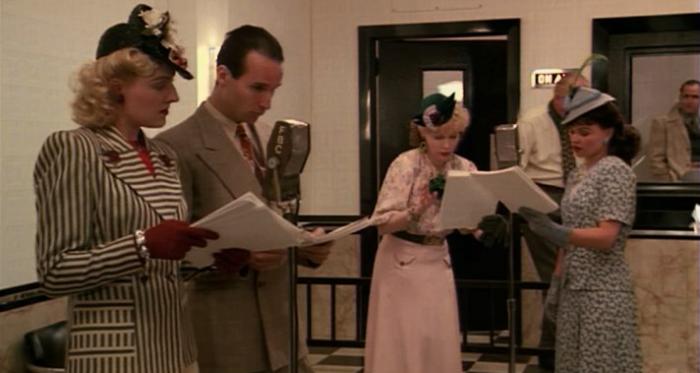The most common movie structure relies on plot: something significant happens to our protagonist which sets them on a course toward resolution. To take E. M. Forster’s famous example of plot: The King died, the Queen died of grief. But what if you don’t want to tell a single story? One solution is to give a series of vignettes. Although challenging, the vignette structure can work particularly well when it comes to capturing memories of a time and place. Two masterful examples are Federico Fellini’s Amarcord and Woody Allen’s Radio Days. Both movies are warmly nostalgic looks at the filmmakers’ formative years: Fellini’s as a teenager growing up in a seaside Italian town in the 30s; and Allen’s as a 12 year-old in a working-class Queens neighborhood during WWII. I’m going to focus on Radio Days in this post because it’s fresh in my mind.

